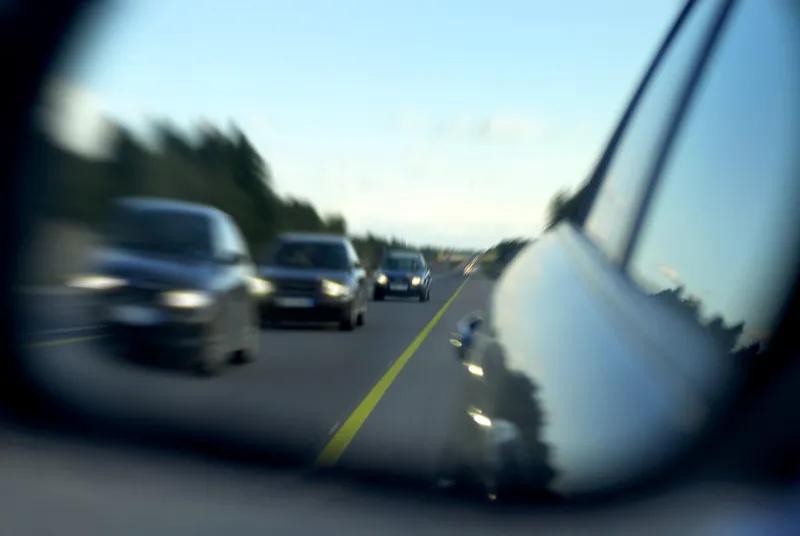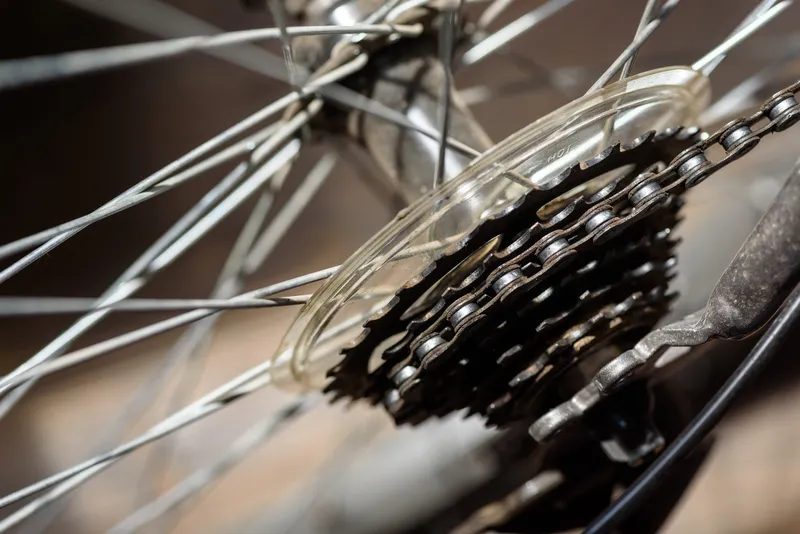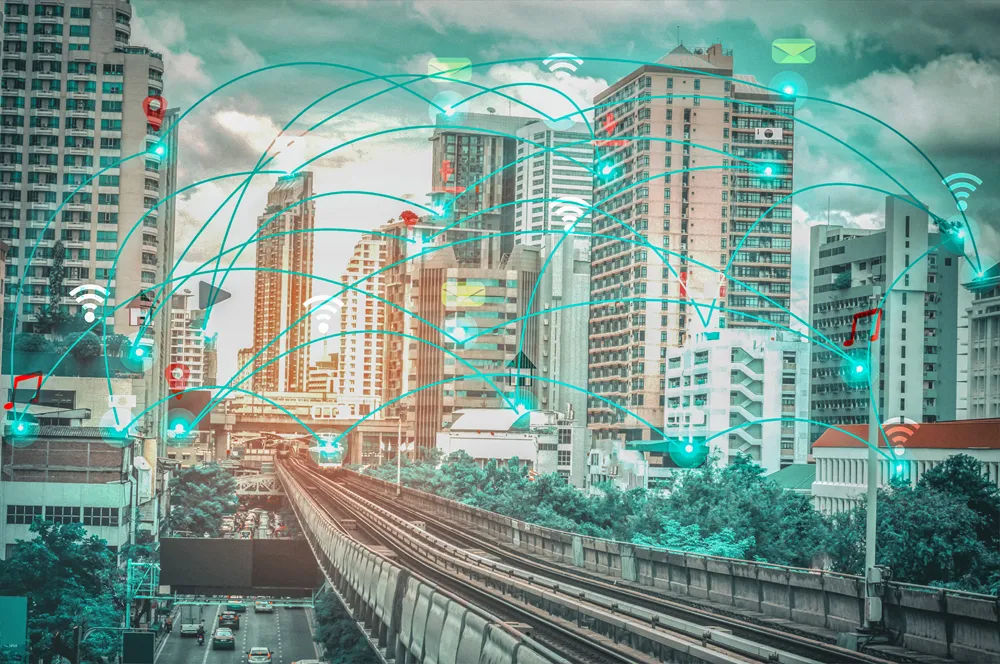
A collaboration involving Horiba Mira to develop new car platooning solutions for the European Space Agency (ESA) is to encompass simulated and physical testing during 2022.
The project is seeking to advance platooning – the process of optimising the coordination of traffic systems – by utilising a range of advanced technologies.
The first of these is a cooperation between all the cars in the platoon to share information about their positions on the roadway.
Cooperative positioning is enabled with a variety of range-finding sensors, such as radar, with data being shared between cars via low latency wireless communications. The data is then evaluated by an integrity algorithm in order for it to be trusted to inform the management of the positions of the cars in the platoon.
A platoon is expected to optimise the flow of vehicles along motorways and prevent waves of braking and acceleration events (perturbations), transmitting through streams of traffic when vehicles are manually driven at high levels of density, such as during rush hours.
Horiba says its project with GMV NSL to automate platoons of cars travelling on motorways will allow passengers to enjoy smoother driving conditions by optimising throttle and brake profiles, which in turn improves vehicle efficiency and reduces emissions.
The improved throughput on existing highway infrastructure also reduces the requirement for new road building at a period in time where road traffic is predicted to steadily rise, the company adds.
According to Horiba, a cooperative positioning solution “reduces hardware costs, while the use of integrity algorithms assures safety and robustness, and critically can be used to optimise the speed and following distances of the platooning vehicles”.
Tim Edwards, Horiba's chief engineer for C/AV technologies, says: “With platooning we have the opportunity to also make significant improvements to efficiency by integrating connected and automated driving technologies. And, as congestion becomes less tolerable and the demand for mobility seems set to rise, it brings further benefits of improved traffic efficiency and road utilisation.”
The project is funded under the ESA Navigation Innovation and Support Programme and will inform the agency's future developments and contribute to applications of GNSS and communication technologies within the automotive sector.










